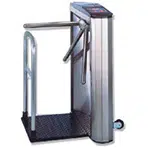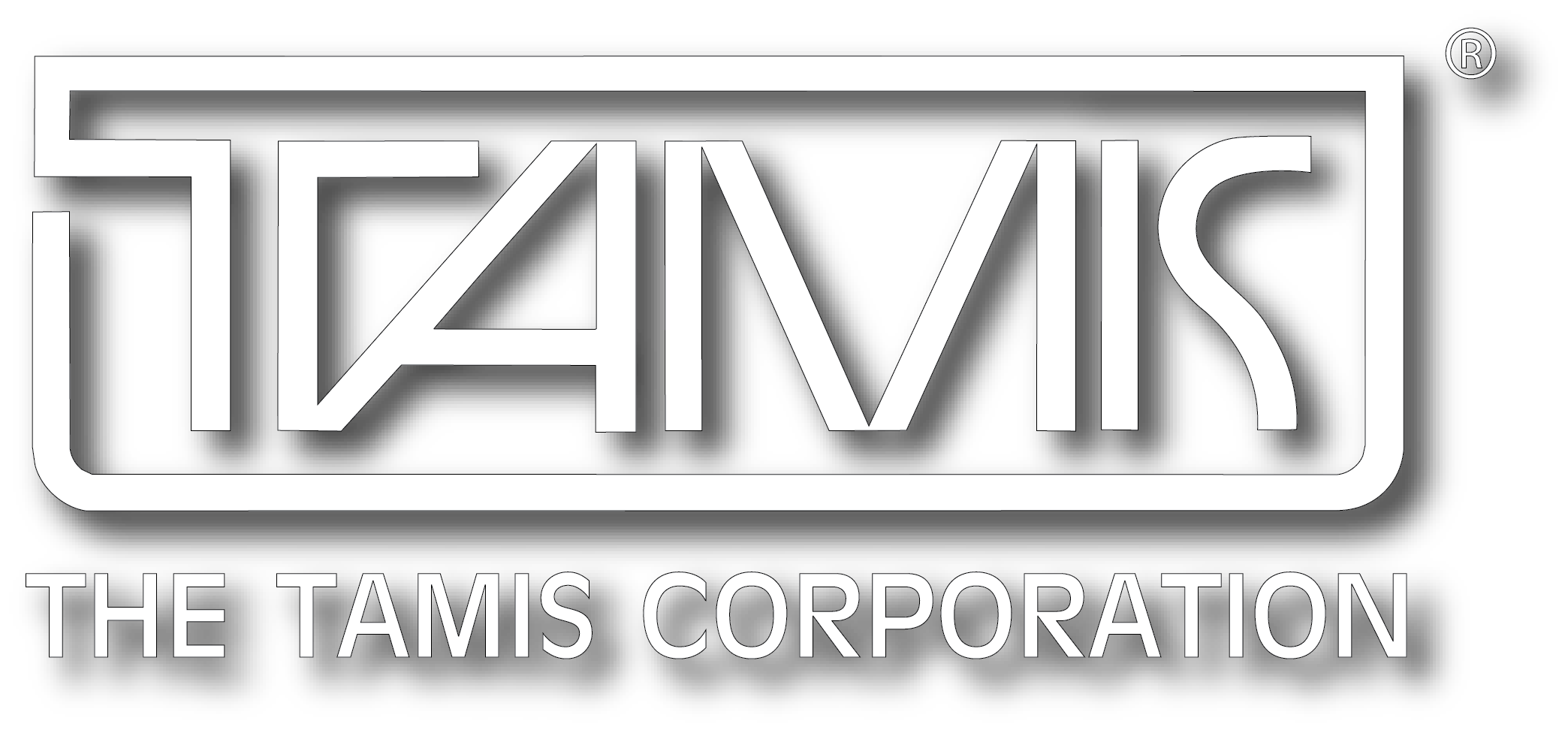 The Psychology of Line Management
The Psychology of Line Management
When gathered at events or commercial establishments, people generally expect that they may have wait in a line. Along with this acceptance, however, are the expectations that the line will be managed competently. It’s also true that patrons want to be treated fairly.
Line management is an established business practice and, to handle it properly, sites need not reinvent the wheel. There are established processes and commonly-used tools which are widely accepted.
There are significant downsides to ignoring the ramifications of poorly-executed line management. The death of a Wal-Mart employee due to a stampede by shoppers on “Black Friday” in November 2008 brought the subject of line management to the national headlines.
Furthermore, a site or event with poor line management can create unhappy patrons which can result in potential lost business. But, more significantly, if these patrons’ attitudes move beyond unhappiness into anger or rage, problems can worsen. Some crowd management problems could result in negative publicity or even, in extreme cases, public scenes which could result in unrest, physical danger, and lawsuits.
Line Management Psychology
Queuing psychology – the study of improving the experience of people waiting in lines – has been researched for over three decades. The landmark paper “The Psychology of Queuing and Social Justice,” by Dr. Richard Larson, was published in 1977. Larson, now the director of the Center for Engineering Systems Fundamentals of the Massachusetts Institute of Technology, has concluded that eliminating “empty time” in a line makes waits seem shorter. He also concedes that fair play (the concept of “first come, first served”) is the basis for most successful lines.
As a result of queue psychology research, most banks, airlines, and fast-food restaurants have changed their line philosophy since the late 1970s. Many had previously featured multiple lines in front of each employee (cashier, agent, teller, etc.). This arrangement was one in which patrons often ended up making the frustrating choice of a slow line. The “first-come, first-serve” serpentine line is now commonly accepted as the system which is more customer-friendly.
The Disney theme parks are viewed as a textbook example of effective line management, and the company employs 75 industrial engineers who work on queue management issues for its worldwide parks. Interactive screens entertain patrons in many lines, and signs inform those in line about the estimated length of their wait.
Tools and Their Benefits
There are many tools that are regularly used to create smoothly-managed lines that patrons consider to be fair, efficient, and safe.
Belt Stanchions and Post & Rope
TensaBarriers are a popular line management system at banks, cafeterias, airports, concession stands, and trade shows. This retractable belt system features a belt, cassette unit, and posts. The system is designed to identify a site’s line space, organize lines of patrons, and keep those lines moving efficiently. It can be set up and configured in different lengths and positions, depending upon the needs of the situation.
Traditional post and rope provides guidance at quieter, often upscale and indoor sites such as banks, hotels, museums, and trade shows.
Posts are available in three varieties:
- Ball Top
- Crown Top
- Flat Top
Entry Control
Turnstiles are used to control entry to a site or event. They restrict access to one individual at a time. This is especially important where fares, fees, or tickets are a prerequisite to entry. Turnstiles discourage – and often prevent – any attempts (intentional or unintentional) at “free entry” into a site.
Turnstiles are used at a wide variety of settings, accordingly. This includes stadiums, amusement parks, museums, mass transit stations, office lobbies, retail sites, cafeterias, temporary exhibits, casinos, and souvenir stands, to name a few.
Stronger Barriers
Crowd control barricades (most often made of steel, but sometimes plastic) are generally utilized at events or sites at which larger crowds are expected. The presence of barriers provides a physical and psychological impediment to the notion that lines can be broached. These barricades are used for line management at entrances and within sports stadiums and arenas, and at outdoor concerts, rallies and parades.
What may seem upon first glance to be a crassly commercial tool, in-line product merchandising stands within lines, has also proven to be very well-received by patrons. For those interested in the featured products, this in-line (or in-queue) merchandising is convenient. However, even those not inclined to buy, view these displays as a way to help relieve the boredom of standing in the line.
Summary
Applying the principles of queuing psychology, and having the proper physical line management tools on hand, are essential practices for any site or event at which people must wait in line. When lines are perceived as fair and efficient, patrons are happier and the business reaps the benefits of having a customer-friendly atmosphere.
